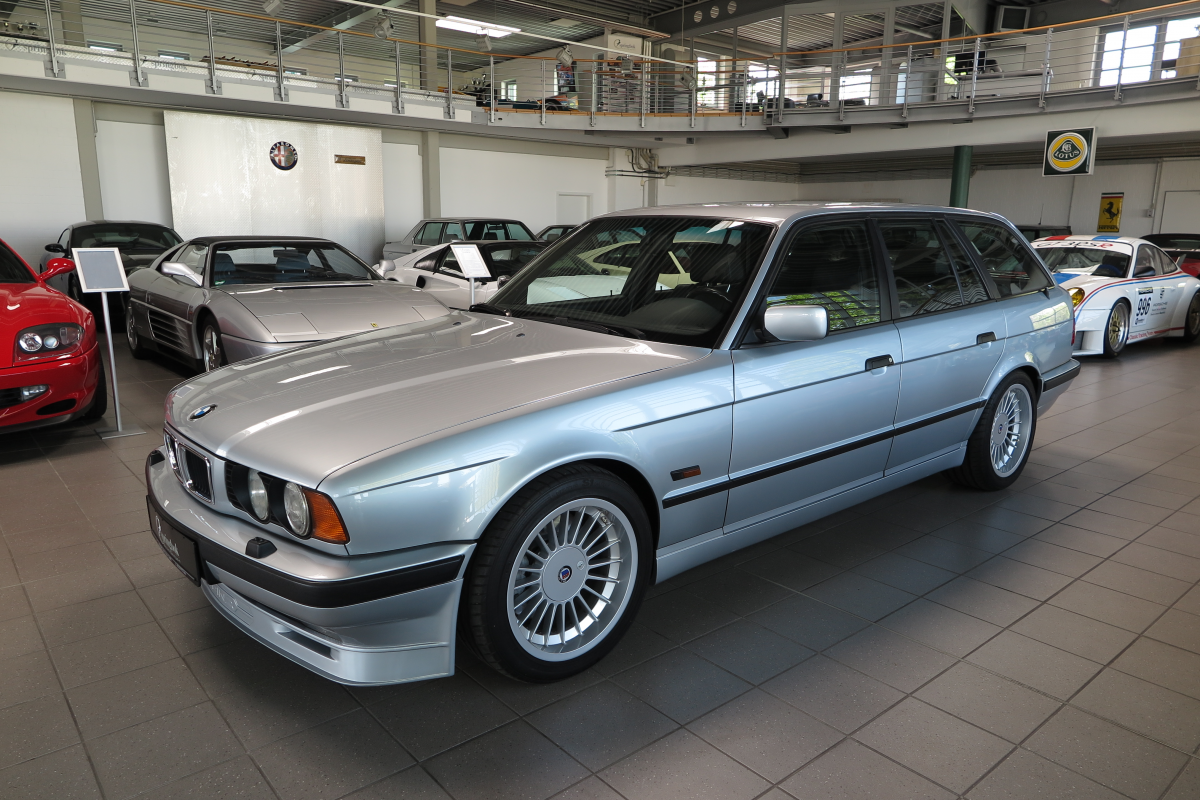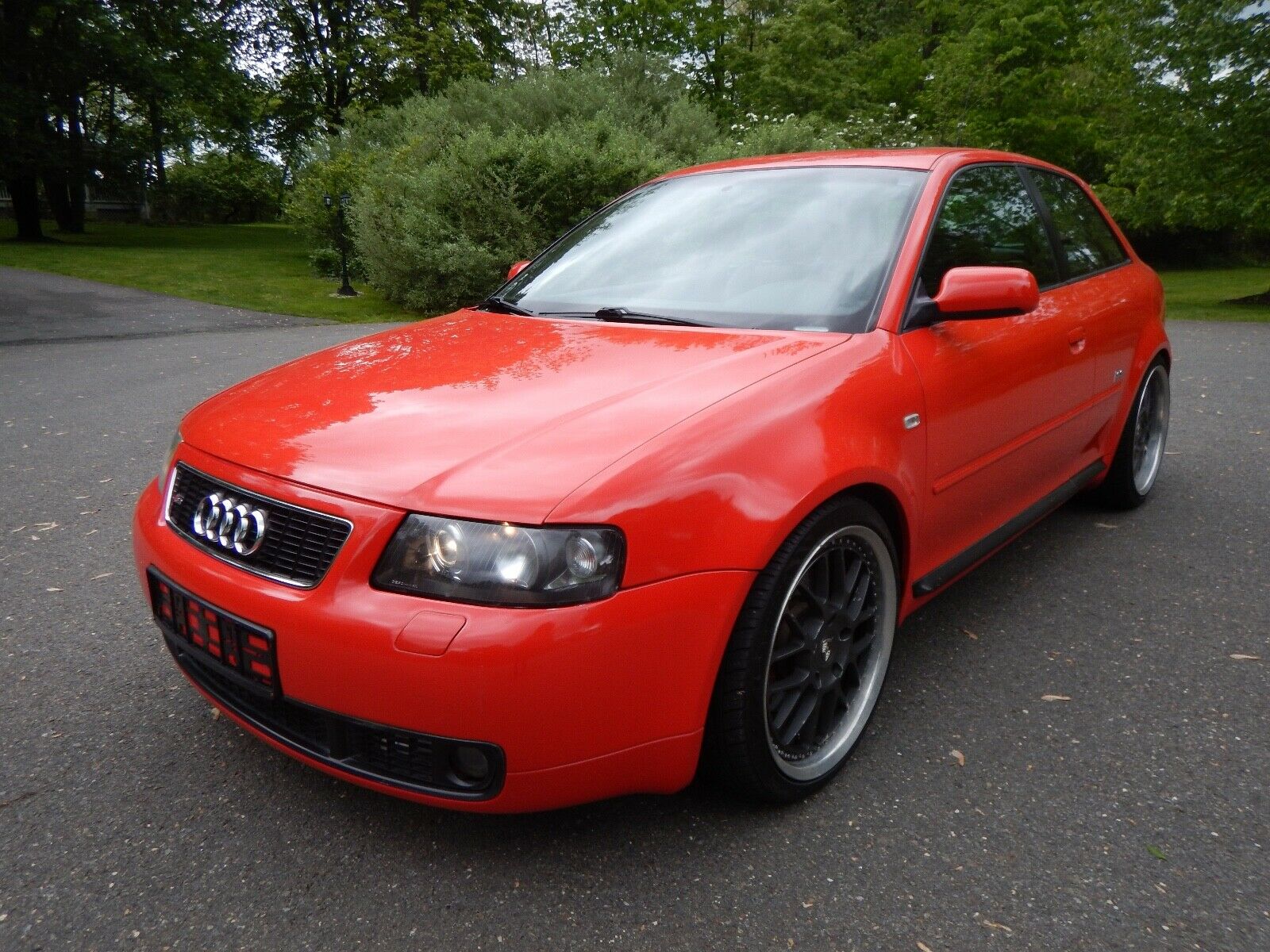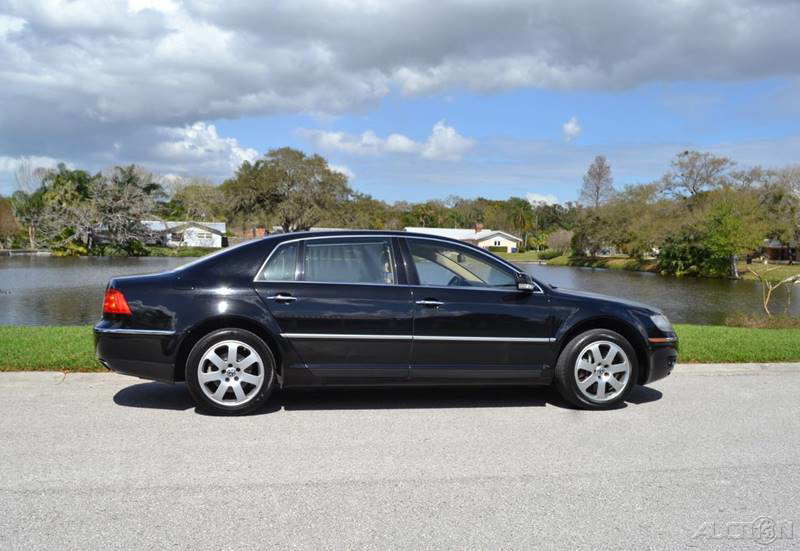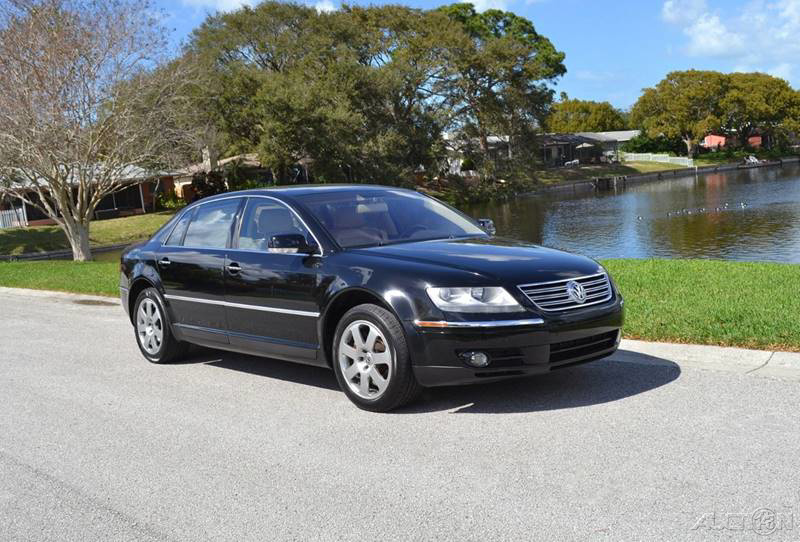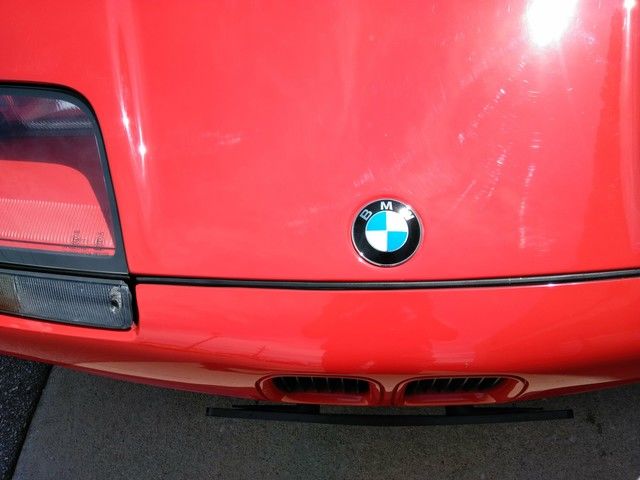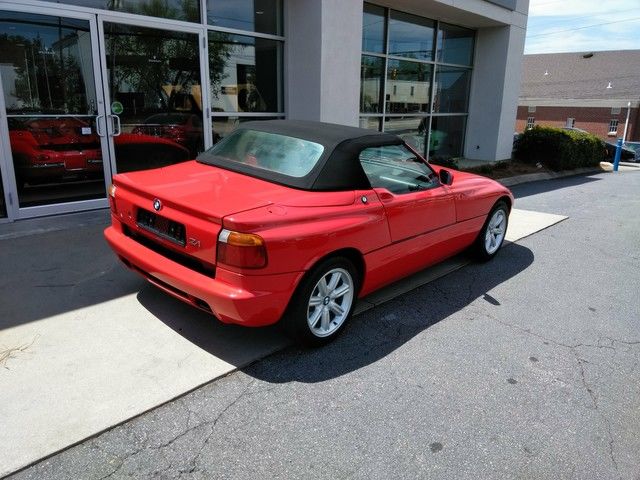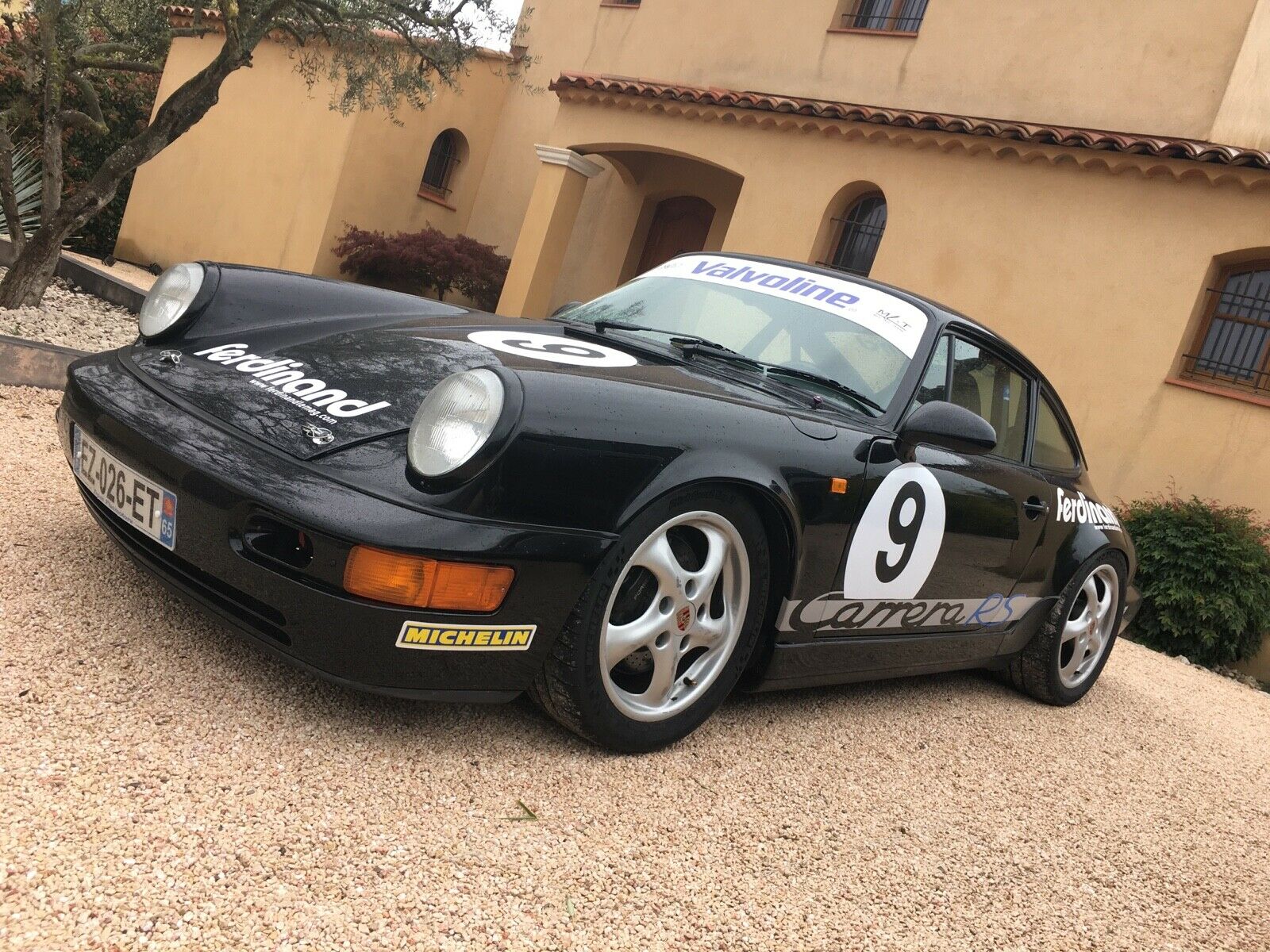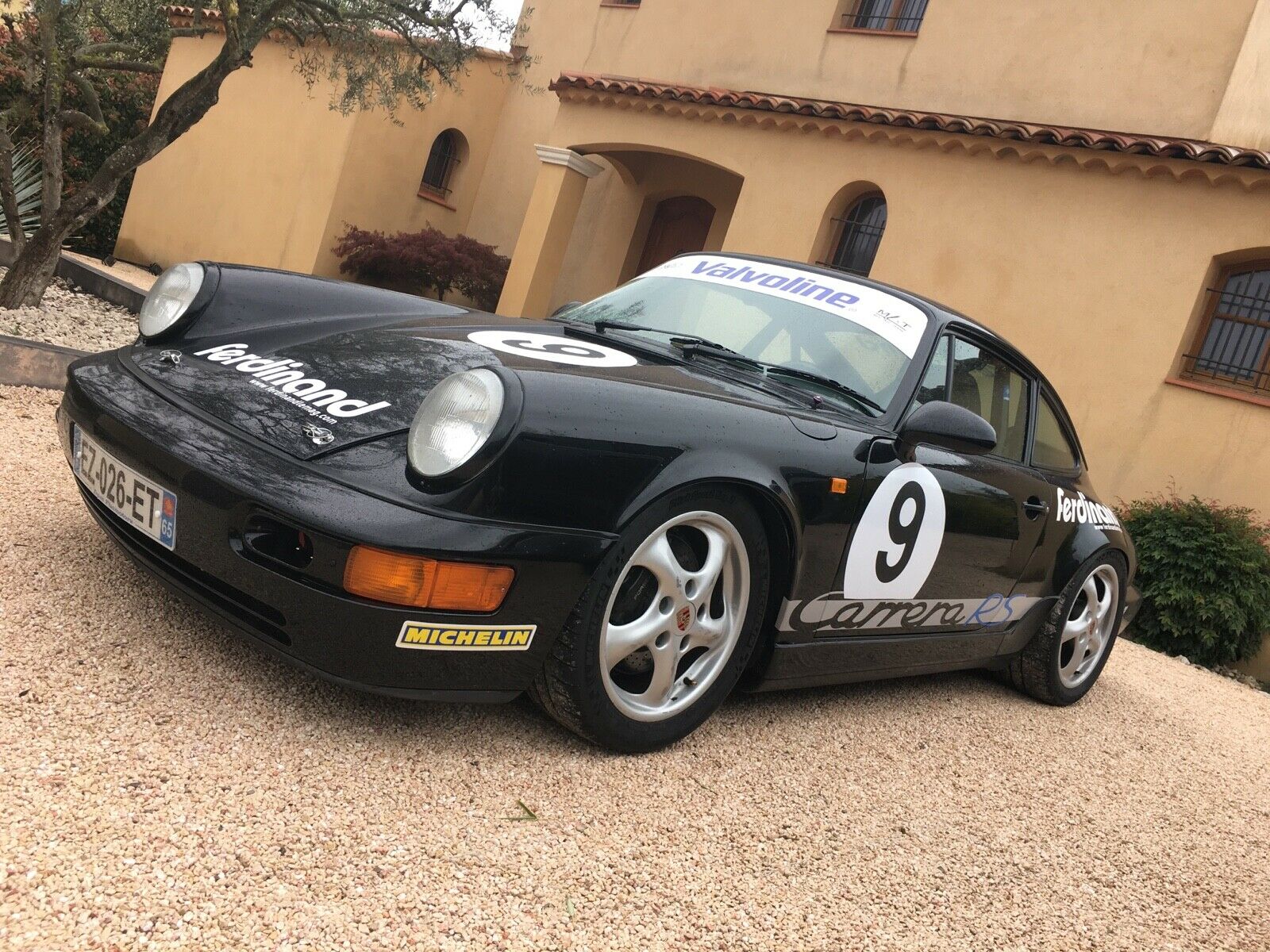While the B10 BiTurbo generated the headlines as the world’s fastest sedan, BMW’s replacement M60 V8 motor was making its way into production and the M30 inline-6 was on its way out. Of course that meant it wasn’t too long before Buchloe got their hands on one, and in turn it wasn’t too long before the B10 4.0 replaced the BiTurbo as the top offering. But a year later, Alpina had already punched out the block to 4.6 liters. Now generating 340 horsepower, the new B10 4.6 not only was as quick as the M5, it was considerably cheaper and less complicated than the BiTurbo had been too.
Like the 4.0 before it, the standard 17″ Alpina wheel treatment, upgraded suspension, larger and less restrictive exhaust, aerodynamic tweaks and unique interiors all made their way here. Also like the 4.0, the 4.6 was available as either a sedan or Touring, and as either a 6-speed manual or 5-speed Switch-Tronic automatic. A scant 46 were built before the end of E34 production, of which only 19 were Touring models – making this one of the most limited Alpinas produced:

